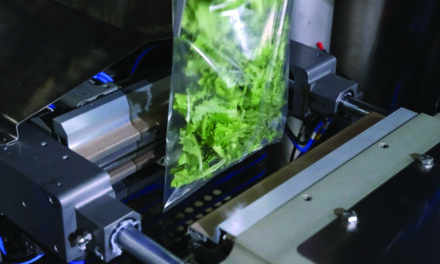 A structural sandwich panel technology based upon an ARPRO core material with external layers of steel or aluminium, has been developed by inrekor. This has potential for lightweight and low-cost vehicle chassis and other frame applications. The finished panels are assembled and bonded to form final three-dimensional structures using a patented process that guarantees rigidity. The external metal surfaces for two-dimensional panels are typically manufactured using water jet or laser cutting methods; for high volume production, punch-pressing these skins can be cost-effective.
A structural sandwich panel technology based upon an ARPRO core material with external layers of steel or aluminium, has been developed by inrekor. This has potential for lightweight and low-cost vehicle chassis and other frame applications. The finished panels are assembled and bonded to form final three-dimensional structures using a patented process that guarantees rigidity. The external metal surfaces for two-dimensional panels are typically manufactured using water jet or laser cutting methods; for high volume production, punch-pressing these skins can be cost-effective.
Joining these materials together to ensure optimum peel and tear strength is a critical process, so inrekor has developed an automated plasma bonding technique that employs a large frame gantry positioning system, manufactured by LG Motion. The atmospheric pressure plasma treatment activates the surfaces to be bonded prior to the application of the adhesives and the lamination is completed using a separate high pressure cold press.
The motorised gantry supports and positions the plasma head over the panel bonding area where flat sheets of core or skin material are supported on a wire-mesh bed. The vertical height of the plasma head is adjusted with a handwheel operated Z-axis stage and panels up to 3 x 2m can be processed using a simple PC programmed raster scan where the width of the plasma beam is tracked over the surface to be treated.
Using belt-driven linear actuators and Profile System machine framing components from LG Motion’s associate MiniTec, the lower X-axis is comprised of two parallel coupled actuators to prevent axis crabbing and supports a single Y-axis linear actuator for the 2m span. Motorised axes are open loop stepper motor driven, with in-line gearboxes for increased torque output; and the motors are fitted with rear shaft knobs that allow operators to manually move the plasma head if required. Both X and Y axes include chain-type cable management and are fitted with over-travel limit switches for safety and datum switches for homing the gantry before the automated scanning process begins. A simple stepper motor control and drive system allows the operator to set-up individual axis sequential moves.
In the future, mechanical modifications will be straightforward with the modular MiniTec linear actuators and Profile System; and control upgrades could be met with higher level motion controls that would permit compound X and Y moves for contoured positioning of the plasma head with the possibility to include GUI programming of complex shapes using customer supplied CAD data. Using controller I/O the plasma process could also be extended to control the plasma source as well as the Z-axis and include adhesive dispensing.
LG Motion
T: 01256 365600


